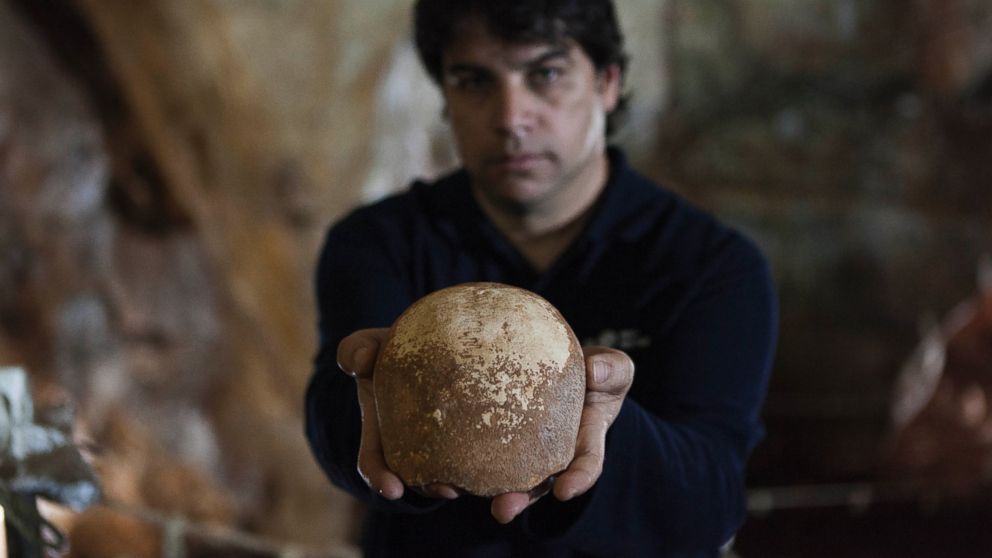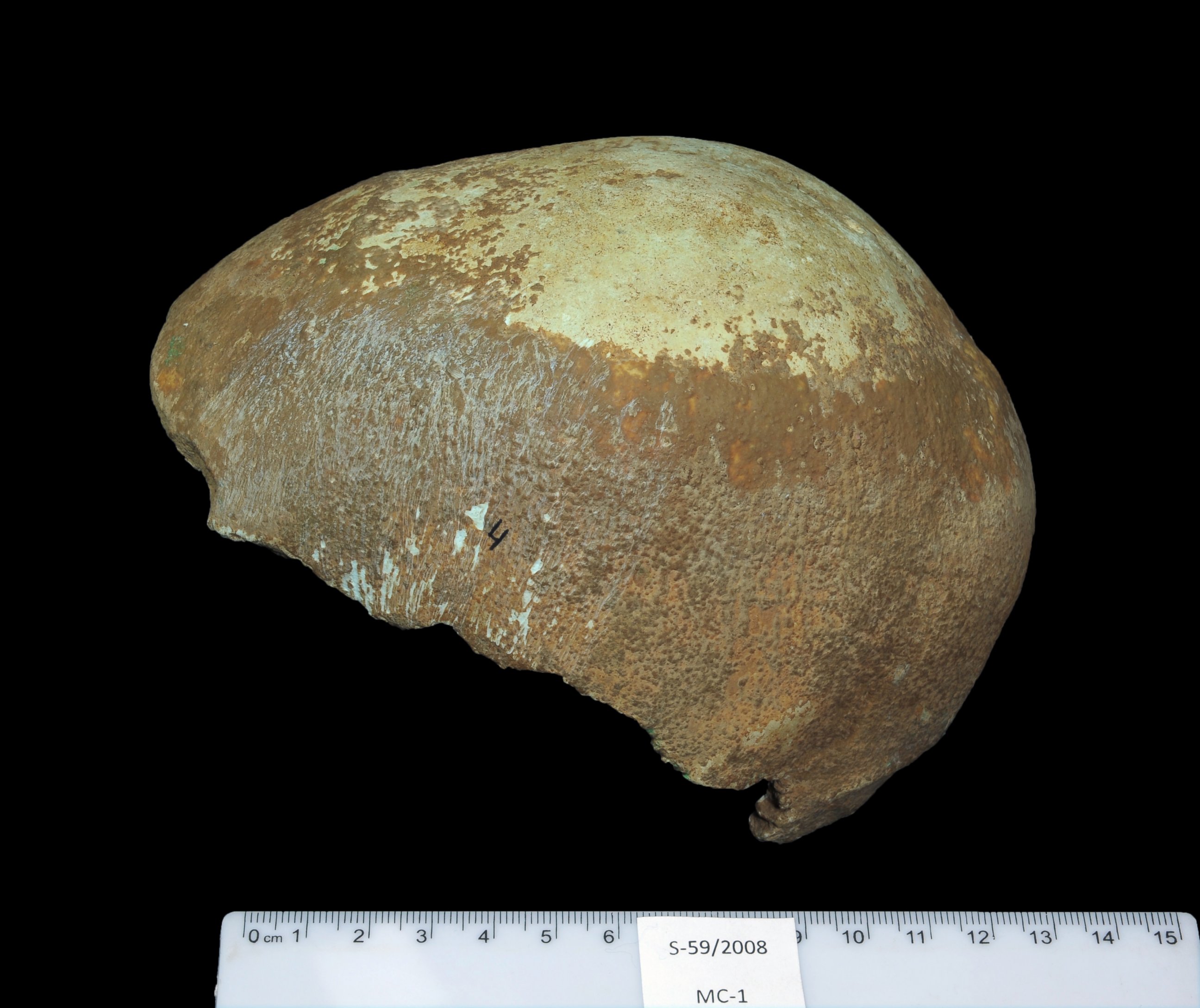Skull May Solve Mystery of First Humans in Europe
A 55,000-year-old skull could offer clues on first Europeans.

— -- A 55,000-year-old human skull discovered in Israel is offering new clues about when the first humans may have migrated to Europe.
The partial skull fragment, which is believed to be female, was excavated from a cave in western Galilea in the Middle East. Using shape analysis, scientists said the skull is similar to both recent African skulls from the time period and some European upper paleolithic fossils.
The finding sheds new light on when early humans left Africa and migrated through the Middle East before colonizing Europe.

It is believed to be the first proof of humans living in the Levant region during that time, according to findings published in the journal "Nature." The Levant region is the area in the Middle East that encompasses modern-day countries including Israel, Jordan, Lebanon, Palestine and Syria.
While the skull fragment does not include facial features, scientists wrote that it is "unequivocally modern." The discovery supports the belief that modern humans (Homo sapiens) and Neanderthals may have lived side by side in the Levant around the time interbreeding is believed to have occurred.
Neanderthal remains have previously been excavated from areas near the cave also dating back to around the same time period.




